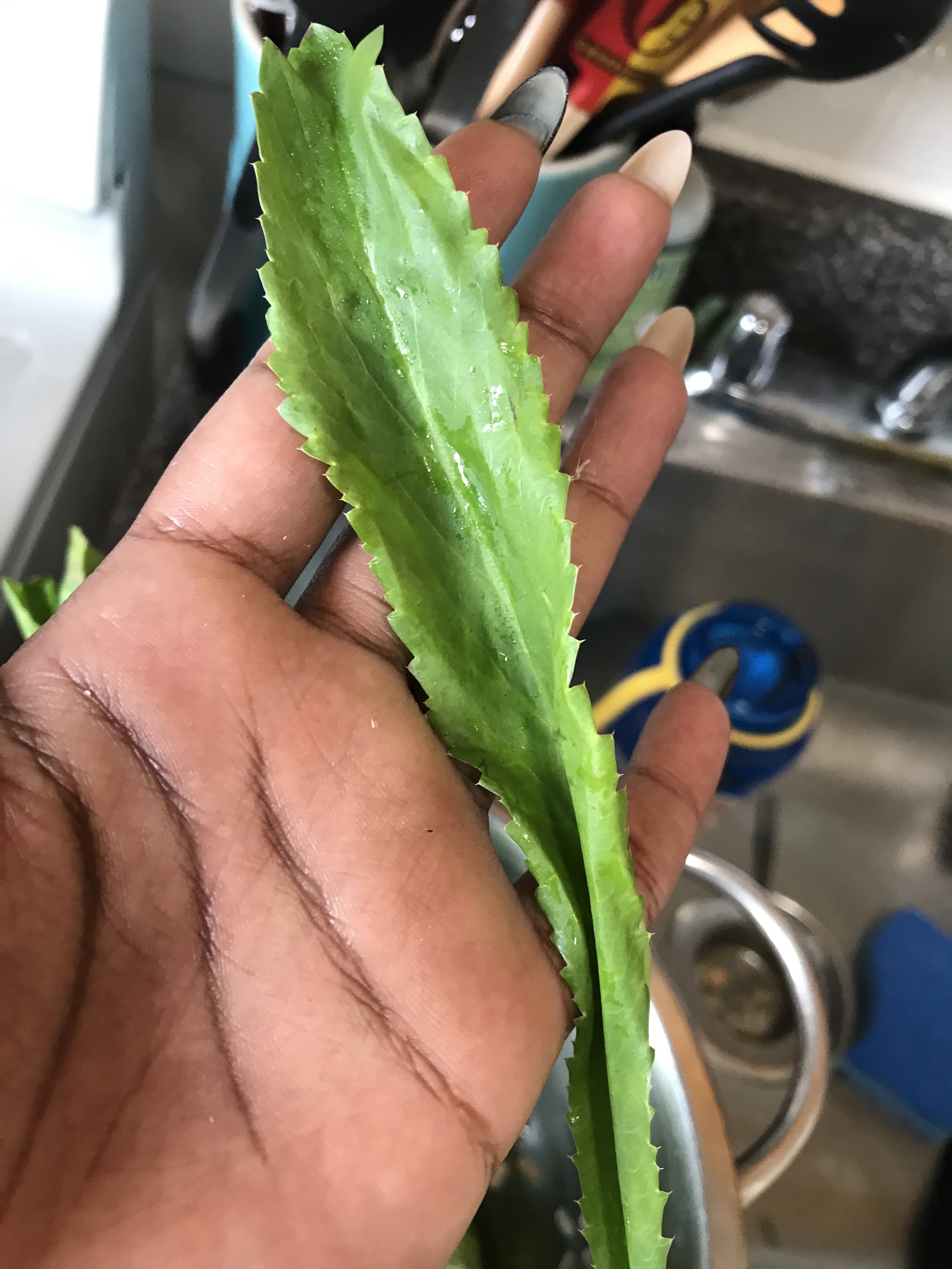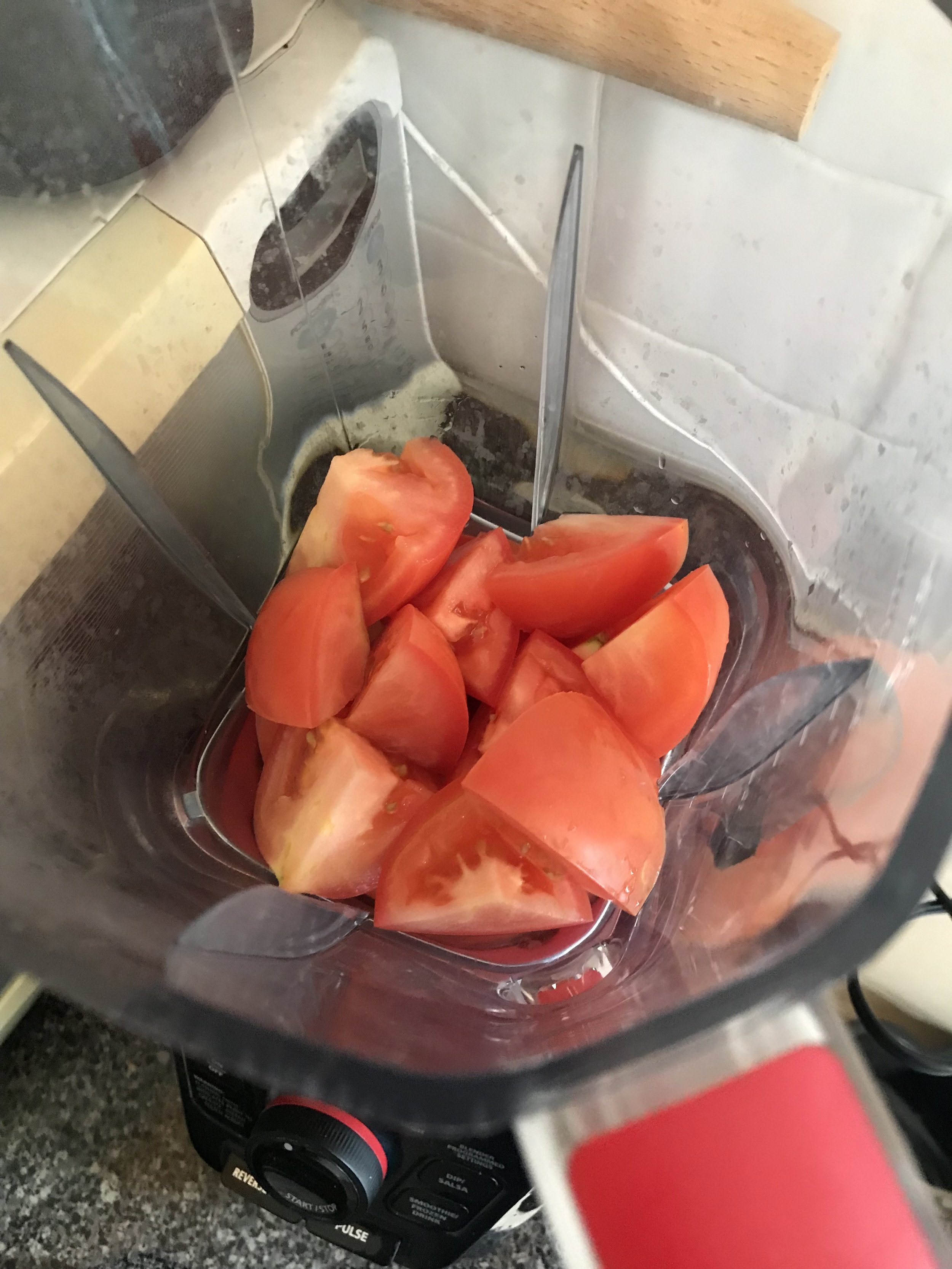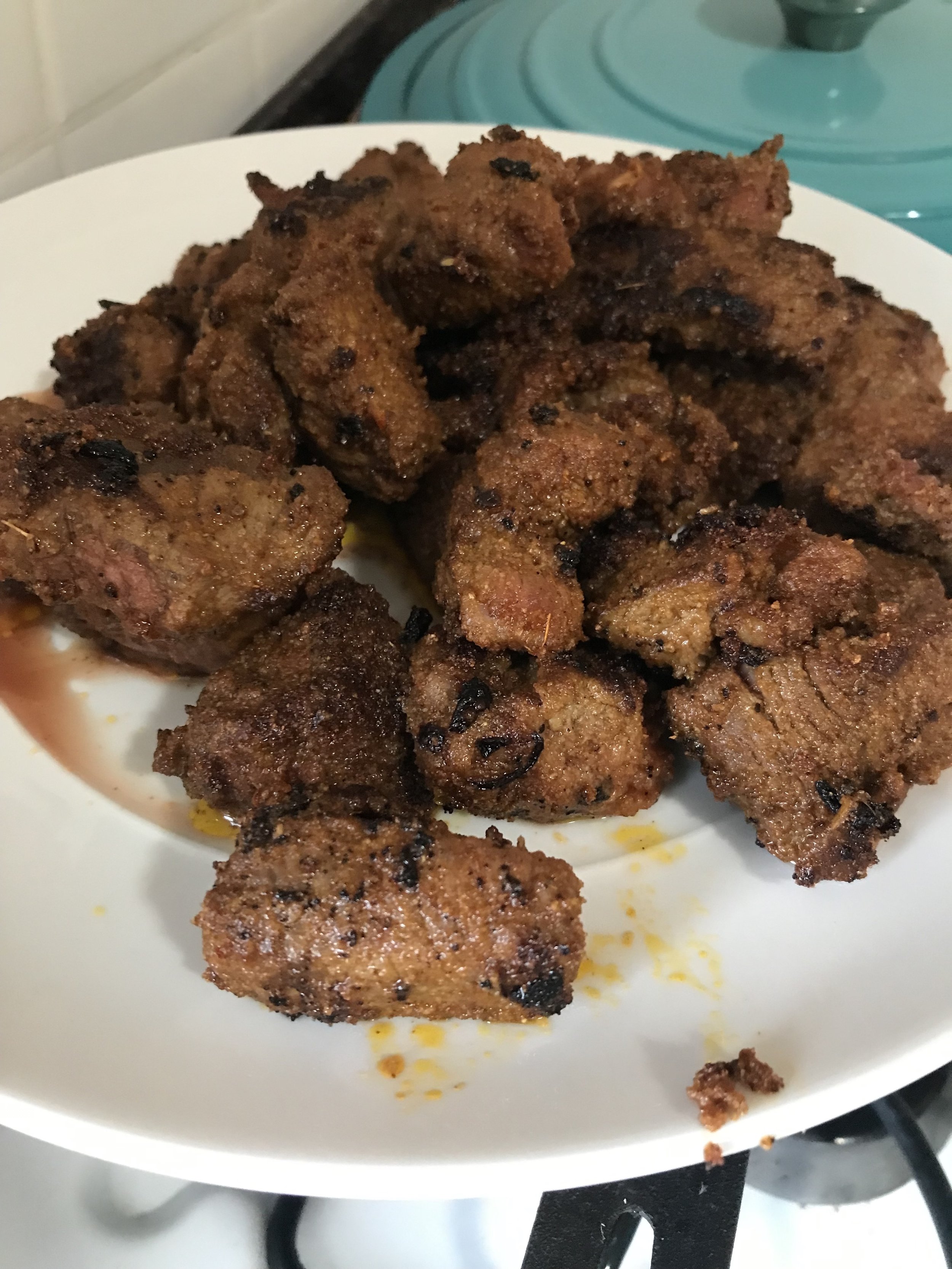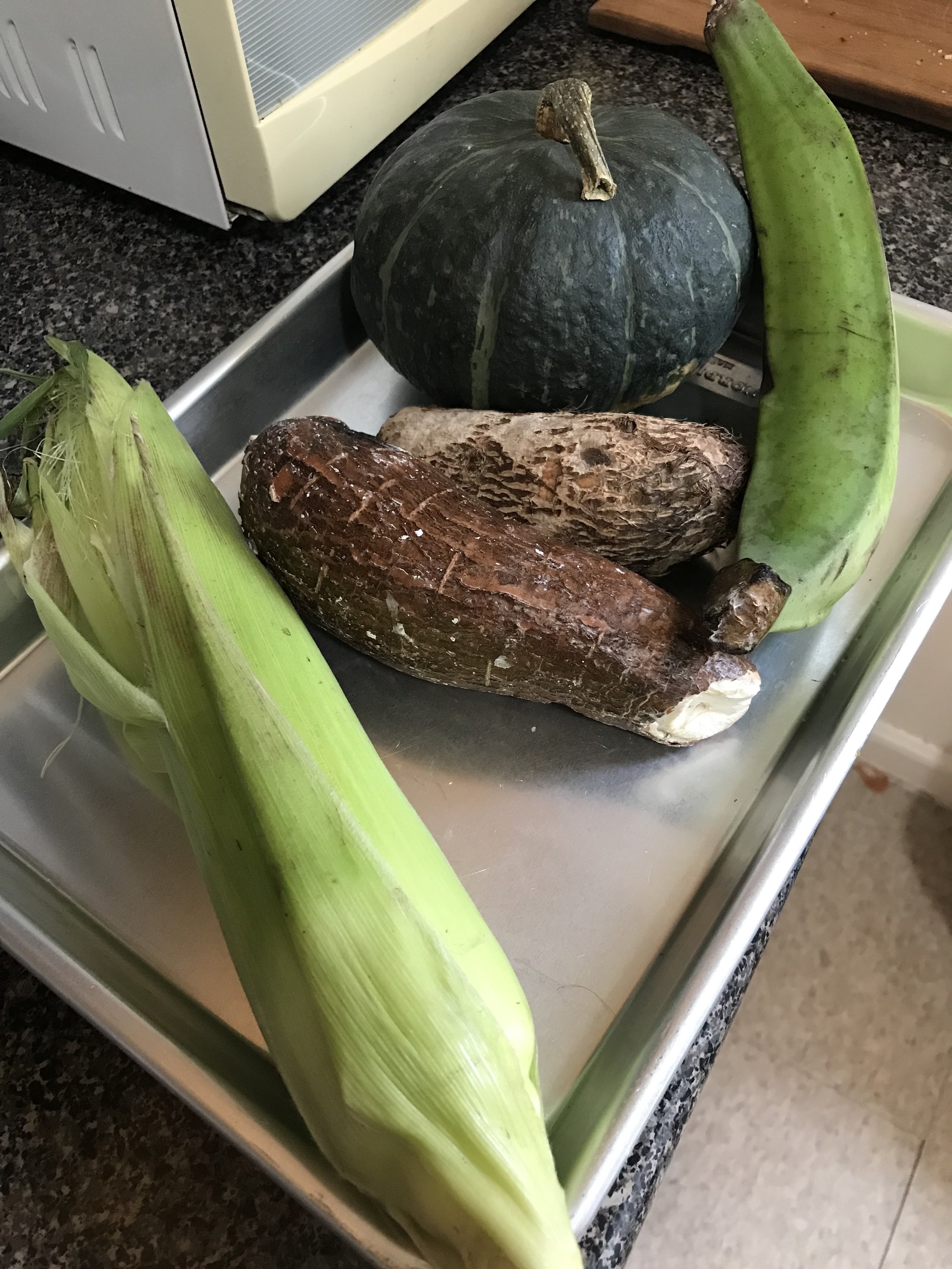Cookbookin’: Illyanna Maisonet’s Diasporican - Sancocho
When I first get a cookbook, I try to read it from cover to cover before I cook from it to get an idea for its tone, the difficulty of the recipes, and just to get a sense of the author’s story. With Illyanna Maisonet’s new book, Diasporican: A Puerto Rican Cookbook, I read the gorgeous forward by Michael W. Twitty (please read his book The Cooking Gene, if you haven’t already) and the introduction before I jumped right to the recipe for Sancocho. Sancocho is a hearty soup/stew that is beloved in Caribbean/Latin American cuisine. Maisonet made it on Instagram a while ago and I couldn’t get it out of my head. The combination of beef, tubers, corn and vegetables felt like the tastes of home cooking that I've been trying to give myself this past month, so I really wanted to bring this to life in my kitchen.
Sancocho is known as a weekend soup, and for good reason. Even before I started to make the soup, I had to make the sofrito and the sazon - two crucial components of Puerto Rican cuisine. I mean, I know I didn’t have to - I could have easily bought the Goya brands of both items in my supermarket. Since Maisonet includes the recipes for both in the book, I wanted to get the whole picture and build the layers of flavor bit by bit. Also, eff Goya. Her sazon is a simple and aromatic mixture of cumin, granulated garlic and onion, and black pepper combined with a hearty dose of ground achiote which adds that traditional orange coloring to many Puerto Rican dishes. Please make sure you pick up the granulated versions of onion and garlic! You’ll see why I make note of this later in this post.
Sofrito is at the flavorful, herbaceous base of most savory Puerto Rican dishes, and I went to three different grocery stores to hunt down the hardest to find ingredient in it: culantro. Culantro, in short, is cilantro’s long-leafed punchier cousin, and it adds a flavor that cilantro alone can’t give. The mixture of green pepper, onion, garlic, cilantro and tomato is instantly freshened and elevated by its presence and I’m glad I took the time to hunt it down! Once those were made, then I started cookin’.
First I seasoned the meat (boneless beef chuck, in my supermarket it’s labeled as beef chuck stew meat) with some of the sazon and more cumin, garlic, and onion powder. I cut up some of the larger chunks of beef to make them all more even. You want every side covered in seasoning!
Then, sauté some onion in a couple of tablespoons of olive oil until it’s nice and soft, then add fresh garlic and toss that around until it’s translucent. Take out the aromatics, and some more olive oil and turn up your flame to medium high to sear your cubes of beef.
Now, I said earlier that you need GRANULATED garlic in the sazon mix - see how dark the sear on the meat is? The garlic powder I grabbed from the supermarket was a darker, fine powder, so the meat came out a little dark. I had to sear everything off quickly because I was so scared that everything would burn! Thankfully nothing smelled too terrible, so I blotted some of the oil and extra dark bits out of the pan before I put back the meat, onions, and garlic.
Finally, the sofrito, water, beef broth (I love Better than Bouillon), soy and fish sauce get stirred into the mix. I’m not sure if fish sauce is usually in this dish, but I love the funk and salinity it adds to the soup without making it overly salty. I turned the heat all the way to low, covered the pot and let everything simmer for about 2 hours, or until the meat was tender and soft.
While that was happening, I prepped my veggies: corn, yucca, green plantain, kabocha squash, and yautia. What’s great about these sorts of dishes is that you can use whatever is available at your market - if I couldn’t find yautia, I could have used russet potatoes. If there wasn’t any kabocha, I could’ve easily swapped it for calabaza. I made sure to slice up everything evenly so it would all cook evenly.
As the meat cooked down, there was a decent amount of evaporation, so I added more water along with the plantain and yucca. I let that cook for about 20-25 minutes until they softened up. The yautia, corn, and squash only needed about half that time, so they went in last with a little salt and pepper to finish it off.
Look. At. THIS.
Even though I was spooked by my broth coming out so dark, I shouldn’t have been too worried. The richness of the broth, the tender chunks of beef, and the hearty vegetables to take this dish from simple soup to sustenance. Every bite felt like a blessing! Many thanks to Maisonet for this tremendous book - if this soup is any indication, we’re gonna be eating really well this fall.











